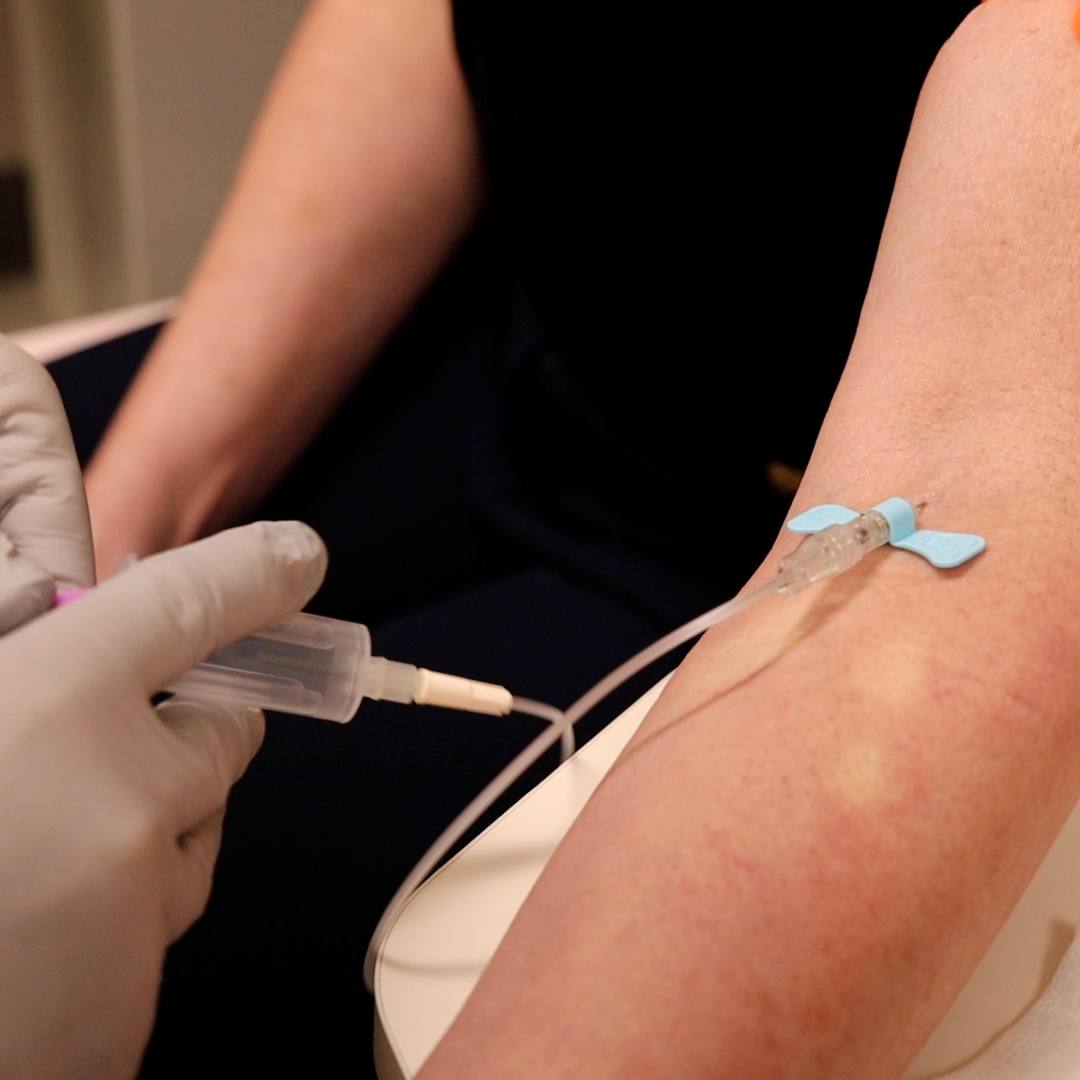-
Health & Wellness
Tuesday Q and A: Convergence insufficiency not diagnosed until children read more
 DEAR MAYO CLINIC: My son, 9, liked reading when he was younger. But over the last year, he’s started to struggle with it, and he was recently diagnosed with convergence insufficiency. What is the best treatment for this? Are there some cases that are not treatable? I am concerned that we did not catch it soon enough.
DEAR MAYO CLINIC: My son, 9, liked reading when he was younger. But over the last year, he’s started to struggle with it, and he was recently diagnosed with convergence insufficiency. What is the best treatment for this? Are there some cases that are not treatable? I am concerned that we did not catch it soon enough.
ANSWER: Your son’s situation is common. Convergence insufficiency often is not identified until around the age of 8 or 9 when children begin to read more. A number of treatments are available and, in most cases, they are effective in relieving the problem. In rare cases when other therapies have not worked, surgery may be needed to correct convergence insufficiency.
Convergence insufficiency is an eye disorder that affects vision when focusing on something nearby. To focus when you read or look at an object up close, your eyes need to turn inward together. This is called convergence. It allows you to clearly see the object you are looking at as a single image.
When the eyes do not turn inward together, it can result in eye pain, blurry vision or double vision. When they read, people with convergence insufficiency also may find that the words blur or appear to move on the page. Other symptoms include headaches and eyestrain.
Younger children who have convergence insufficiency frequently go undiagnosed. That can happen for several reasons. First, the condition typically cannot be found with a standard vision screening or eye exam. Second, young children may not realize that the blurry or double vision they see is not normal, so they do not mention it. Third, the reading young children do in picture books and other beginning reader books is not very demanding, so the symptoms may not occur or may not bother them.
As children get to your son’s age and start reading longer or more complex books with smaller print, convergence insufficiency becomes more noticeable. Reading for longer periods of time tends to make symptoms worse. Children may start to squint or close one eye when reading to make it easier to focus. The condition can make it hard for kids to concentrate on reading. Because of the difficulty, many of these children lose interest in reading. Some are misdiagnosed with a learning disability.
Fortunately, there is effective treatment for convergence insufficiency. Vision therapy that includes exercises to help the eyes focus often can improve the condition. Your son may be able to do some of the exercises at home, while he may need to do others with the help of an eye care professional in an office setting. Computer-based vision therapy also is available and may be more engaging for children than some of the other choices. It usually takes about four weeks of regular vision therapy to see improvement in symptoms.
If vision therapy is not enough to resolve the problem, glasses with prisms built into the lenses can relieve symptoms during reading. These glasses frequently are recommended for children with convergence insufficiency. Rarely, if none of the other treatment choices work, eye surgery may be an option.
Talk to your son’s eye care professional about using vision therapy or at-home exercises for convergence insufficiency. In many cases, consistently doing those exercises for several months is all that is needed to correct the problem. After successful treatment, the condition may come back from time to time, particularly if your son is over-tired or sick, or when he is doing a lot of reading. But typically another round of vision therapy will relieve the symptoms. — Brian Mohney, M.D., Pediatric Ophthalmology, Mayo Clinic, Rochester, Minn.
Related Articles







